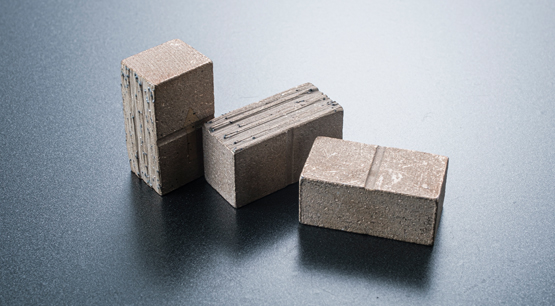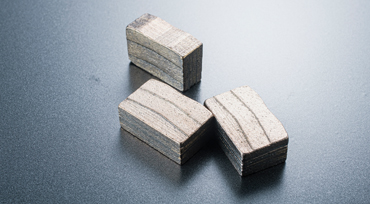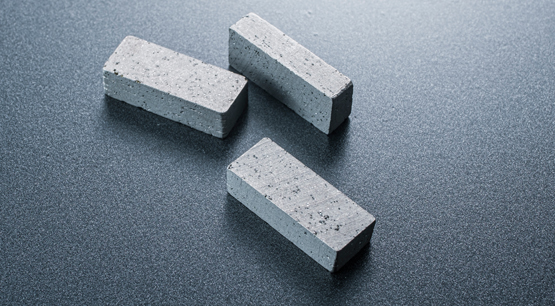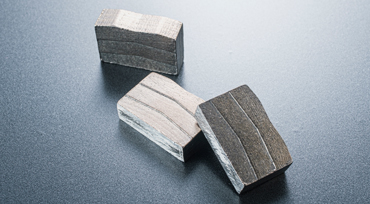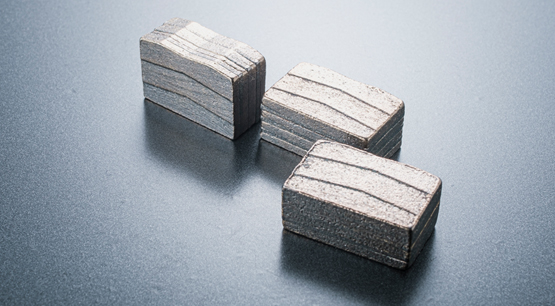Diamond ceramic saw blade is a more common product on the market. The diameter of this saw blade is approximately between 105-350mm. Among them, the 105-250mm saw blades are all cold-pressed and sintered through a bell furnace. These saw blades are generally cold-pressed and sintered together by the segments and the saw blade, so the segment part cannot be replaced. Although this kind of product is cheap, once the segment is consumed, the blank blade is no longer usable, resulting in great waste. In addition, the service life of cold-pressed and sintered segments will be greatly shortened. In addition, in order to reduce the cost of the blank blade, various manufacturers use cheaper base materials, which have weaker rigidity, resulting in extremely poor cutting stability.
So people designed ceramic blades with two diameters of 300mm and 350mm. The two sizes of saw blades are divided into two parts: the blank blade and the segment. The two parts are combined by high-frequency welding, which has good cutting performance and stable cutting ability. So what formula is used for the segment part? This is the question to be discussed in this article.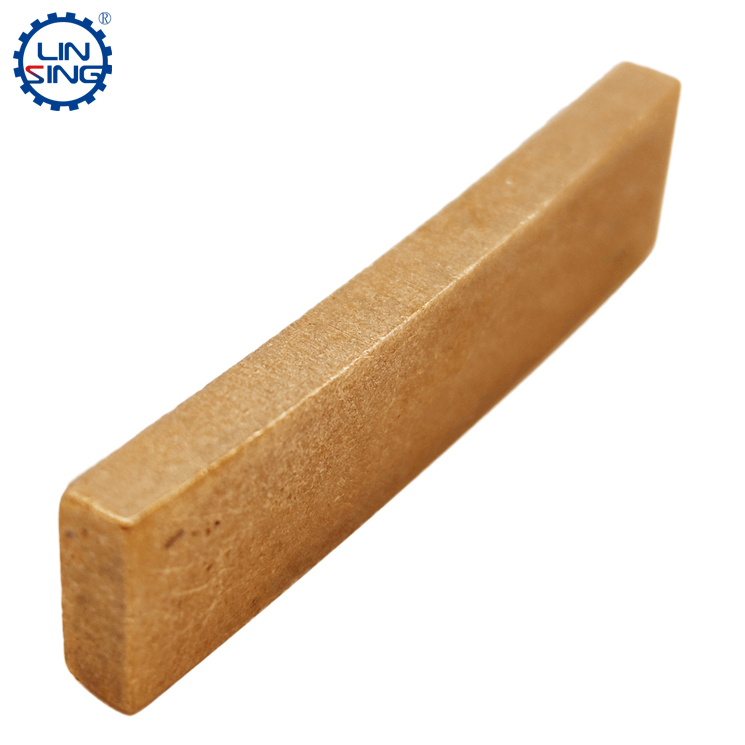
First of all, in terms of major metals, due to the low hardness of the ceramic itself and the weak abrasiveness of the ceramic, the Fe-based segment can be excluded, and the copper-based and cobalt-based segment will become the first choice. In terms of design, copper-based segments are developed for low-end and medium-end segment products, while cobalt-based segments are developed for mid-to-high-end products. Below we use these two different materials to design two different types of segments.
1: Copper-based diamond segment, because its structural stability is worse than that of cobalt-based segment, it is very necessary to add a small amount of cobalt powder to stabilize the structure of the alloy after sintering of the segment. The content of cobalt powder is not More than 10 percent. Copper-based segments are weak in abrasiveness and life. In order to make the life of the segment longer, a little iron powder can be added to produce iron-copper alloys with copper. Since copper is an element that is easy to oxidize, it is necessary to add some tin powder to the segment to increase the metallic luster and oxidation resistance of the segment. It can also add a little titanium powder to increase the ductility and strength of the segment. And some phosphor powder can be added to beautify the appearance and have a certain degree of wettability. In addition to these metals, aluminum powder, tungsten powder, and nickel powder can also be added as appropriate to increase the stability and corrosion resistance of the segment structure.
2: Cobalt-based diamond segments, if used for cutting ceramics, there are also many ways of matching. The first type is the segment with full cobalt formula. This segment is very expensive, but the life and wear resistance are very good, and the quality is relatively stable. The second high-cobalt formula, there is more than 40% of the cobalt powder content in the segment. This kind of segment needs to add some copper powder, a little iron powder, a little nickel powder, aluminum powder and other materials. The price is moderate, but the structure life is not as good as the full cobalt segment. The third type is the low-cobalt-based segment. There is not much difference between this segment and the copper-based segment. Of course, if the formula is adjusted properly, the life of the copper-based segment can be exceeded.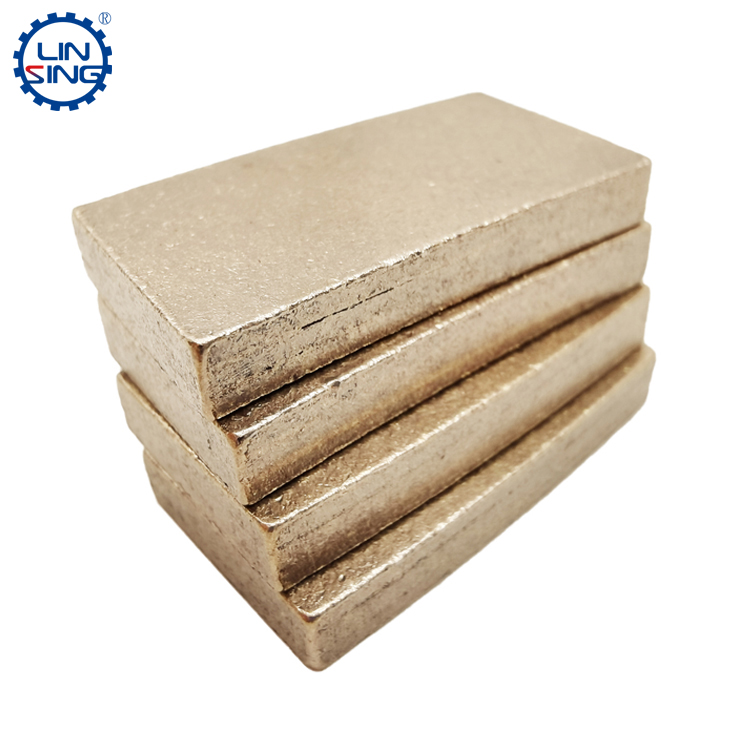
In terms of diamonds, choosing fine-grained, moderately hardened, and better-breakable diamonds will make the cutting process of the segment smoother. If you choose large-grained diamonds, it is prone to edge chipping.




